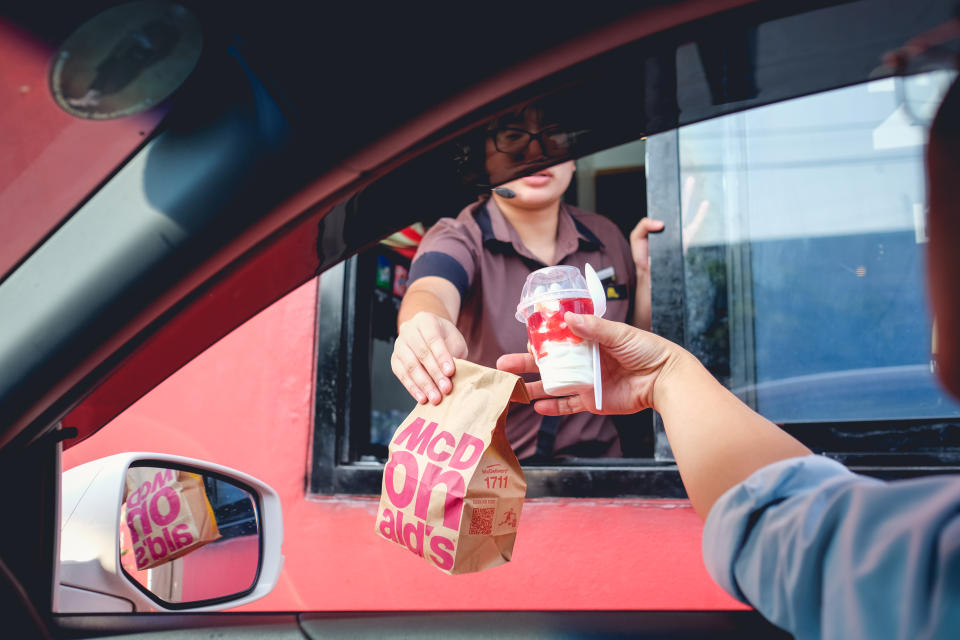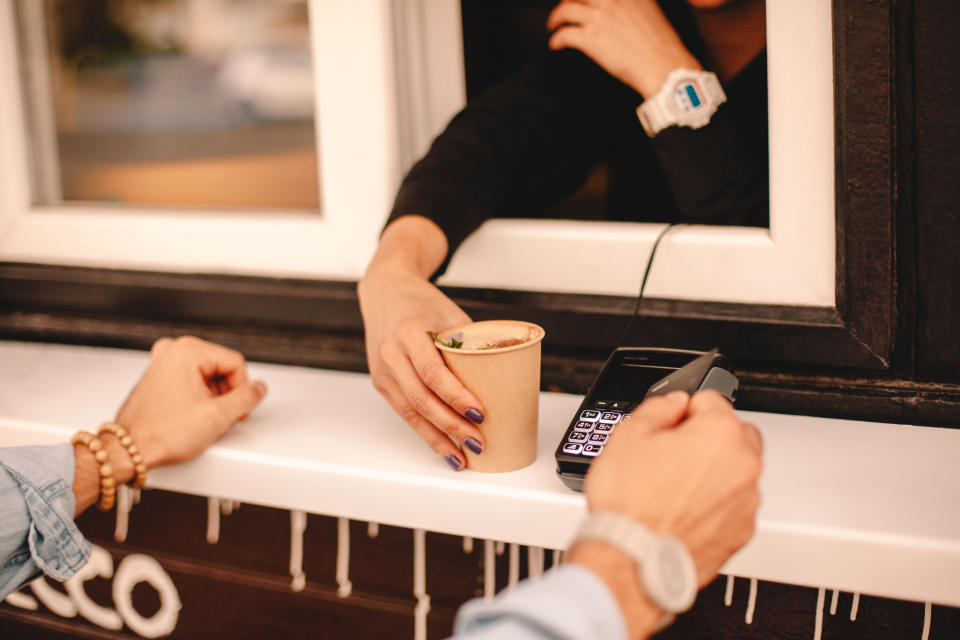Can I still use Macca's drive through?
Coronavirus live blog: Latest news and updates about the crisis in Australia

Prime Minister Scott Morrison this week advised Australians to only leave their homes for four reasons amid the ongoing coronavirus crisis and announced a new two-person limit on all gatherings.
He said Australians could leave home to buy the essentials - something food is definitely still included in, despite food courts at shopping centres being closed to diners and told to offer takeaway only, similar to the dining areas of all restaurants and cafes, who have also turned to delivery and pick up services instead.
What that means is that the drive throughs of popular fast-food joints like McDonald’s and KFC are still full steam ahead - a welcome relief to many.
So the short answer is - yes you can still go to the drive through. But it’s important to limit those outings to when they are essential, and continue to keep the 1.5m social distancing rule.
Here are some other tips to make your Macca’s run a little safer.
Choose contactless options
In an announcement shared to the company’s website mid March, CEO Andrew Gregory announced stores across the country would be introducing new contactless options for pick up and delivery.
“To ensure you have the flexibility to suit your needs, we’re introducing new contactless options to our In-restaurant, Drive-Thru and McDelivery services,” he said in a statement.
“These procedures will minimise customer and employee contact to further improve the safety of our restaurants.”
The new in-store procedure will see crew members place bags on counters for customers to pick up, avoiding any skin to skin contact.
Customers will also be able to order and pay through the store’s MyMacca’s App, and delivery services will offer a contactless drop-off if requested.
Within 24 hours of this announcement KFC also confirmed the chain would immediately close in-restaurant dining and offer only delivery and pick up options, as well as ramp up hand and surface sanitising efforts among staff.

Use eftpos not cash
“We would advise people to wash their hands after handling money, and avoid touching their face, especially if handling or eating food,” a WHO spokesperson told The Telegraph earlier this month.
“When possible it would also be advisable to use contactless payments to reduce the risk of transmission.”
A spokesperson for the Bank of England also told the publication in early March cash could carry viruses.
The risk of handling an infected bank note is no more than touching a surface such as handrails, doorknobs or credit cards, the bank said.

Throw out the food packaging
Scientists from the National Institutes of Health tested how long the COVID-19 virus could survive on certain surfaces.
The results suggest the “viable” Covid-19 virus could be detected up to three hours later in the air, up to four hours on copper, up to 24 hours on cardboard, and up to three days on plastic and stainless steel.
And when it comes to how long coronavirus can live on cutlery or food?
Daniel Kuritzkes, an infectious disease expert at Brigham and Women's Hospital, explained that food is not a major risk factor as the virus attacks the respiratory system and not the digestive tract. Although if someone coughs or sneezes on your food probably best to avoid it either way.
“Of more concern would be utensils, and plates and cups that might be handled by a large number of people in a cafeteria setting, for example,” he told Huffpost.
So the above research findings would apply - the virus can live on plastic or steel cutlery for up to three days if not washed properly.
Got a story tip or just want to get in touch? Email us at lifestyle.tips@verizonmedia.com.

 Yahoo Lifestyle
Yahoo Lifestyle 



